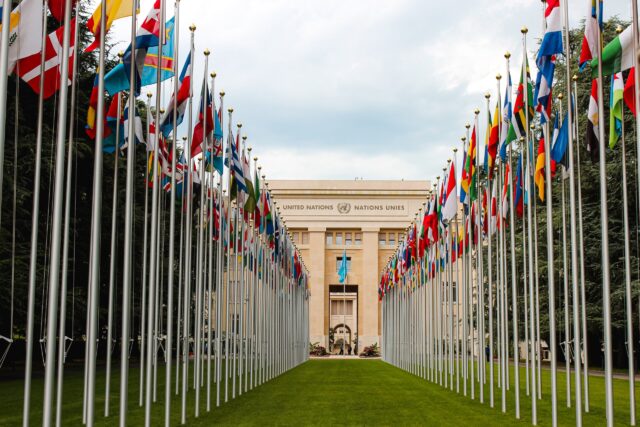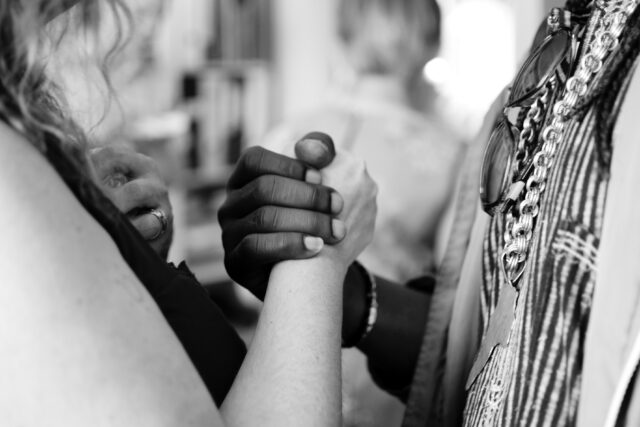Summary of:
Cárdenas, D., & de la Sablonnière, R. (2020). Intergroup conflict and the process of social change: Similar conflicts, different intragroup processes. Peace and Conflict: Journal of Peace Psychology. Advance online publication. https://doi.org/10.1037/pac0000455
Background & Theory
This article seeks to understand how an intergroup conflict shapes social change, and what underlying factors exist in this process. Primarily, the article evaluates how societies look before an intergroup conflict occurs and what resources are available, and suggests that these both play key roles in whether a nation has the ability to bring about social change or whether they become swept up in the consequences of the conflict.
Research Questions
The authors address the following questions in their article:
- How does a society’s stability prior to an intergroup conflict contribute to social change, and what is the role of resources in this?
- Do the above answers impact the level of violence that may occur post-conflict?
Methods
The authors provide an argument for their hypothesis through evaluating how social change and intergroup conflict are typically understood and studied through psychology, and how intergroup conflict plays a role within the intragroup (which ultimately impacts the outcome of a conflict). The definition of violence was also addressed, as well as the conservation-of-resources (COR) theory and its four corollaries. Finally, they performed a case study of two very similar terrorist attacks that occurred in New Zealand and Egypt.
The authors use the information gathered to form their hypothesis and solve their question as they look in-depth at the 2019 terrorist attack on a mosque in New Zealand, and the 2011 terrorist attack on a church in Egypt (which then prompted Arab Spring). These two case studies were chosen due to their similar events in terms of political and religious affiliations and casualties, but also their differences between the actual societies of each nation before and after the events.
Results
The results showed that in the case studies above, the primary reason why New Zealand experienced little social change and Egypt experienced a complete uprooting of their society at the time had much to do with their societal status prior to the events, and more specifically, the resources available to the country and groups involved. It’s important to note that violence in this article refers more to human needs not being met than strictly physical harm.
With this being said, and with Egypt having fewer resources available to depend on when the conflict occurred, the groups involved were much more heavily impacted, and ultimately a lot more violence occurred than in New Zealand, where there was a high level of stability and many resources to be used. Under the COR theory, this is explained because the groups involved may feel threatened in numerous areas, and a lack of proper reassurances of their needs being met (whether financial, physical safety, etc.), deepens the issues at hand.
What This Means
- Countries and groups that have more stability and resources to lean on will have a greater privilege in shaping social change following intergroup conflict than those who do not have these same resources and stability.
- The authors summarize this best with their final statement: “Understanding the role of resources in the process of social change is essential to moving beyond the psychological study of conflict and into the psychology of peace” (Cárdenas & de la Sablonnière, 2020, p. 10).
- Regarding international conflict, it is helpful for us to understand that when improvements can be made within a society or country, its government, and its ability for people to feel secure about their needs being met, we are less likely to see intractable conflicts and massive shifts in a society following an intergroup conflict. On the contrary, when an inevitable intergroup conflict occurs, there will be a greater ability to reach reconciliation and help drive the social change into a positive outcome.
Final Takeaway
For consultants: The larger implication here is that the less someone is impacted financially, emotionally, etc. through a conflict, the easier it will be to resolve. If a client feels threatened about losing a sense of identity, understanding, or comfort, it may make it harder to alleviate those concerns and resolve what’s at hand. If there are ways to help alleviate these fears or realities, it may make a difference in resolving the issues at hand.
For everyone: While this is a bit broader of a concept, one thing that can be taken away from this study is that it’s important to be understood and feel support from those around you. This can go a long way in terms of emotional well-being and feeling the strength and support to resolve conflict peacefully.




